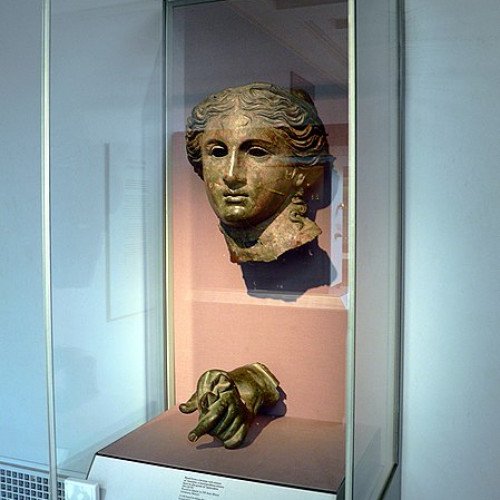Armenian mythology VS Iara (mythology)

Armenian mythology
Armenian mythology originated in ancient Indo-European traditions, specifically Proto-Armenian, and gradually incorporated Anatolian, Hurro-Urartian, Mesopotamian, Iranian, and Greek beliefs and deities.
Statistics for this Xoptio

Iara (mythology)
Iara, also spelled Uiara or Yara (Portuguese pronunciation: [iˈjaɾɐ], [iˈaɾɐ], [ˈjaɾɐ], [wiˈjaɾɐ], [ujˈjaɾɐ]) or Mãe das Águas ([ˈmɐ̃j dɐˈz aɣwɐs], "mother of the waters"), is a figure from Brazilian mythology based on ancient Tupi and Guaraní mythology. The word derives from Old Tupi yîara = y ("water") + îara ("lord; lady") = "lady of the lake" (water queen). Depending on the oral tradition and the context of the story, she can be seen either as a water nymph, a siren, or a beautiful mermaid that lives in the rivers of the Amazon Basin.